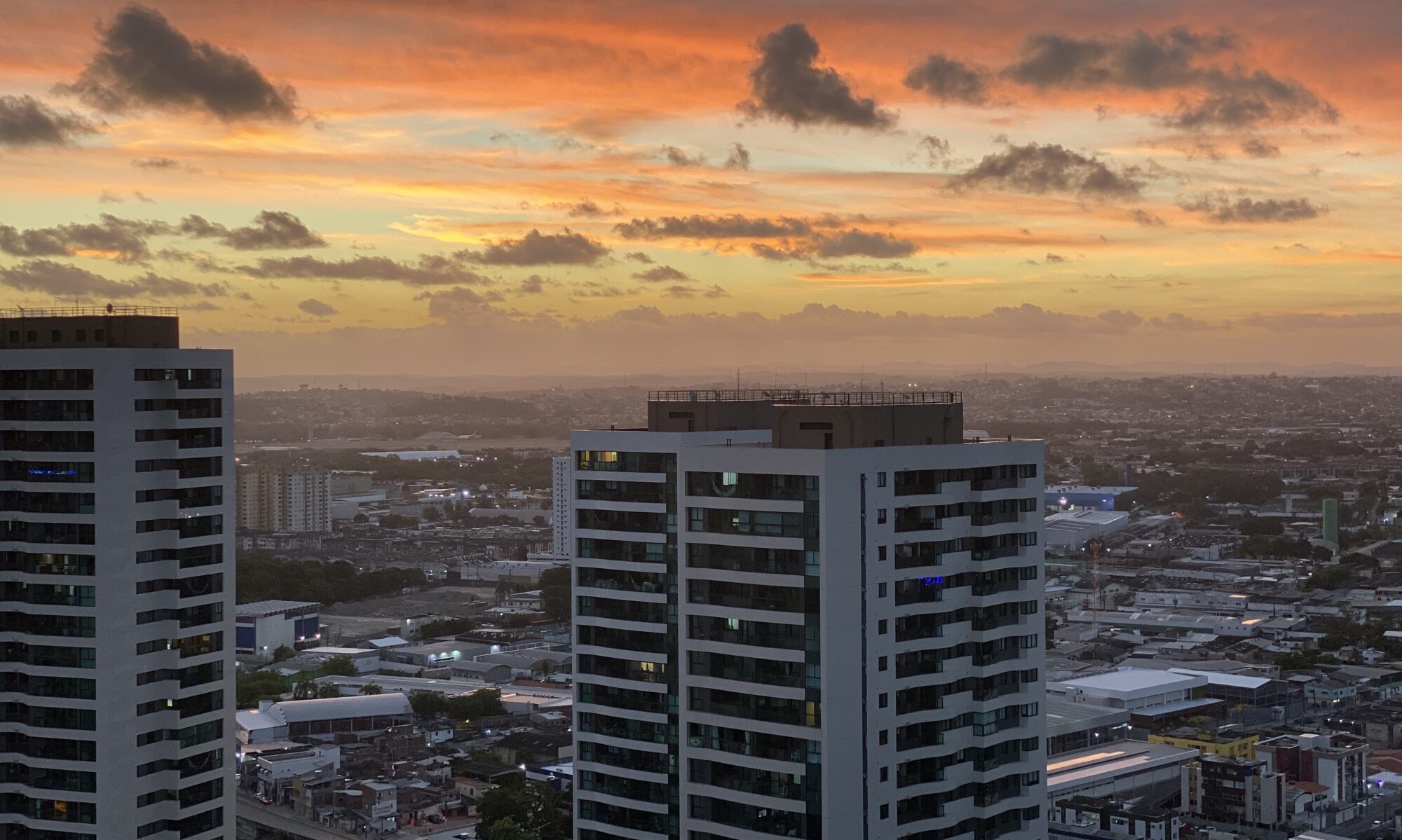The mixture of races – among them Indian, black, Italian and German – gave rise to the term ‘Capixaba’ to denote those born in Espírito Santo. The state has a big responsibility in linking Brazil to the international market via its ports network, considered one of the most efficient in Latin America. It is made up of seven ports and deals with products from Mato Grosso, Mato Grosso do Sul, Goiás, the Federal District of Brasília, Minas Gerais, Tocantins, Rondônia and Maranhão.
Espírito Santo has seen a great deal of economic development in the last two decades and has a very diversified industrial base. Among its companies which play an important role in the national economy are Vale do Rio Doce, Companhia Siderúrgica de Tubarão, Aracruz Celulose, Samarco Mineração, Chocolates Garoto, Xerox do Brasil and Braspérola. With an annual output of 12 million linear metres of pure linen and another 6 million metres of mixed linen, Braspérola is the biggest producer of linen of any textile manufacturer in the world. Eucalyptus trees have adapted well particularly in the northern region of the territory, and this has allowed the development of the paper and cellulose industry. The state is also the third biggest producer of coffee in the country, and is the largest Brazilian producer and exporter of papaya.
A long narrow strip between the sea and the mountains, Espírito Santo has great tourist potential, with beaches for all tastes, old buildings and historic reminders of colonial times. The capital, Vitória, is built on an island and is the second oldest city in the state. The oldest is Vila Velha, founded in 1534 by the Portuguese Vasco Fernandes. The hostility of the Goitacase Indians obliged the early settlers to move from Vila Velha to the opposite island. The Portuguese were victorious in the dispute with the Indians for the island and gave the name Vitória to the new settlement. The two towns grew and today enjoy a harmonious relationship, joined by a 4.8 kilometre long bridge.

